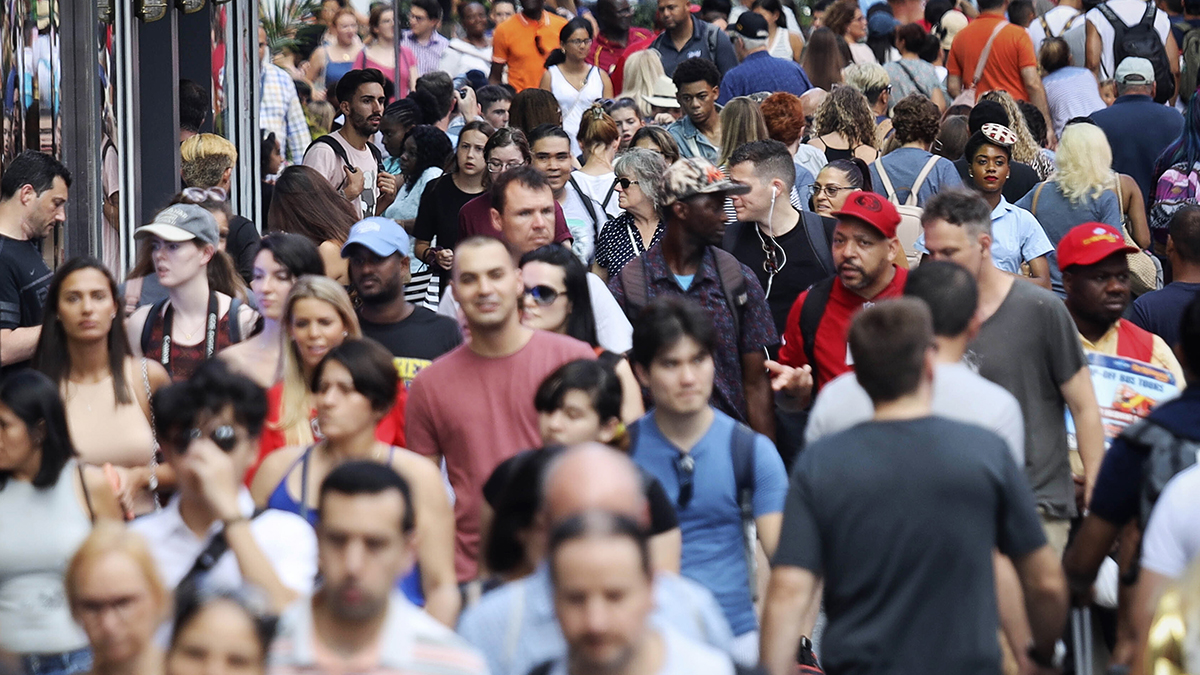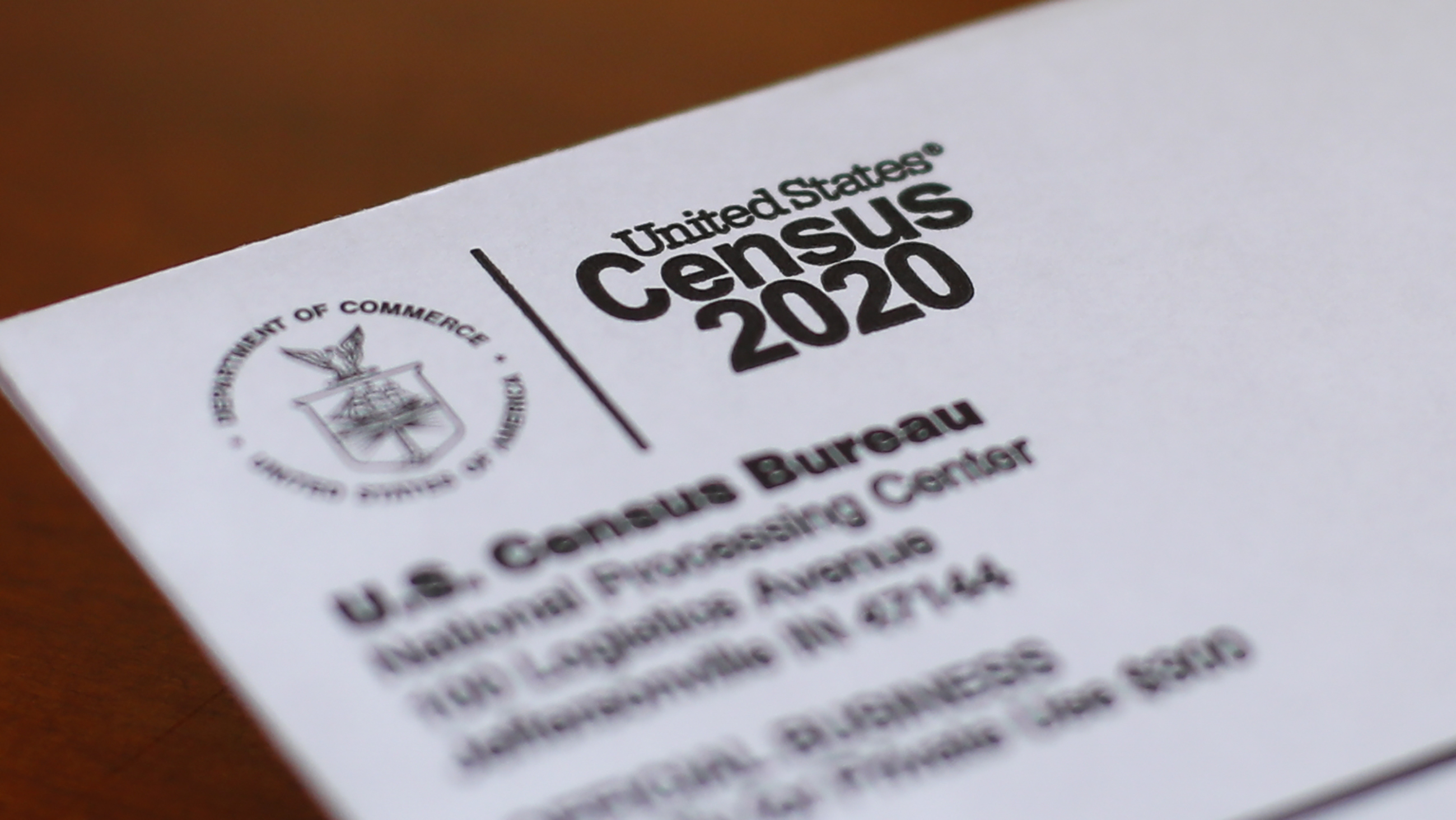Ten years ago, none of California’s 58 counties counted Asians as their largest ethnic group. Now, two Bay Area counties do: Alameda County, which includes the cities of Oakland and Berkeley, and Santa Clara County, home to San Jose — the nation’s 10th most-populous city — and the technology capitol of Silicon Valley.
That is according to new data released Thursday by the U.S. Census Bureau, which shows the Asian population is the fastest growing ethnic group in California, rising 25% in the past decade.
California also now stands the most diverse it has ever been, the data shows.
“I think the story nationwide focuses primarily on the Hispanic population, but in California ... I think the Asian population, in particular related to the growth in the younger age groups, is sort of a major driver of factors as to why we see this large increase over the past 10 years,” said Noli Brazil, a demographer at the University of California-Davis.
California’s white population plummeted by 24% between 2010 and 2020, confirming California is one of three states — along with New Mexico and Hawaii — where whites are not the largest ethnic group.
Hispanics surpassed whites as California’s largest ethnic group in 2014. The Census data show California’s Hispanic population grew by 11% to 15.5 million people, making up just shy of 40% of the state’s nearly 40 million residents.
But it was the Asian population that had the biggest percentage gain over the past decade. California now has more than 6 million people of Asian descent — more than the total population of most other states.
The data released Thursday by the U.S. Census Bureau will be the foundation for redrawing 429 U.S. House districts in 44 states. Republicans need five seats to win a majority in the U.S. House of Representatives.
Get a weekly recap of the latest San Francisco Bay Area housing news. >Sign up for NBC Bay Area’s Housing Deconstructed newsletter.
Data released earlier this year shows Democratic-heavy California will lose a Congressional seat for the first time in its history because its population grew at a slower rate compared to other states. But California’s redistricting process will likely have less partisan drama because, unlike most states, it is led by an independent Citizens Redistricting Commission instead of the state Legislature.
There were few surprises for California in Thursday’s data release. Los Angeles County remains the nation’s most populous, with more than 10 million people. Eleven counties lost population, with most of them in the sparsely populated region near the Oregon border that has been devastated by wildfires in recent years.
Nine counties had double-digit percentage population growth, led by Trinity County in Northern California with 16.9% growth. Riverside County in Southern California had the largest gain in total population, adding more than 228,000 residents.
California’s Asian population growth has led to growing political power for the community, including earlier this year when Gov. Gavin Newsom appointed Rob Bonta as the state’s first Filipino-American attorney general.
The state Legislature now has 14 Asian Pacific Islanders, a number that will grow to 15 once a special election is held to fill an Alameda County vacancy in the state Assembly, according to Alex Vassar, an unofficial legislative historian at the California State Library.
The rise in influence has coincided with a rise in hate crimes against Asians. A report by the California Attorney General’s Office in June revealed 89 hate crimes against Asians in 2020, more than double the amount in 2019. The most events were recorded in March and April of 2020, when the coronavirus pandemic was taking hold in the state.
California’s new operating budget includes $156.5 million in response to the attacks on the Asian community, with most of the money going to community organizations that provide victim services.
About $10 million will go toward better data collection to better understand the needs and challenges of the diverse community. Robyn Rodriguez, a professor of Asian American Studies at the University of California-Davis, noted California’s Asian population is “linguistically diverse” and “culturally and religiously diverse” that require better data to understand the nuances of the community.
“Asian Americans come to the United States under very different circumstances,” she said. “Some are the products of war and displacement. Others are the product of immigration, of people making the choice to come here. All of these are complexities that really require some better attention.”



